Astrophysics, Particle Physics, and Nuclear Physics Research
The cluster is involved with the investigation of inflationary cosmology. This field is effectively a merger of ideas from particle physics (quantum fields and fundamental particles) and cosmology (universe). On top of this, the cluster is also involved in the study of nuclear physics within the context of astrophysics such as nucleosynthesis in the early universe. At the undergraduate level, students may venture into the wider area of astrophysics including planetary simulations, structure formation, numerical relativity, amongst others. The cluster aims to advance the field of Astrophysics, Particle Physics, and Nuclear Physics in the country

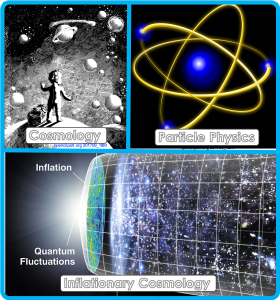
Cosmology and Particle Physics. The areas of cosmology and particle physics might seem at first sight, like two non-intersecting sets; one deals with something very big while the other one deals with very small things. However, in the course of evolution of the Universe, it was once “small”; in fact, unimaginably very “small”. In order to investigate the “small” Universe and how it brought to life the “big” Universe that we have now, we need to combine Particle Physics and Cosmology. Our area of research is basically just this combination; in particular, we deal with inflationary cosmology. It involves the study of primordial cosmological perturbations that gave rise to what we nowadays observe as galaxies and clusters of galaxies.
Astrophysics and Nuclear Physics. In the course of study of astrophysical systems knowledge of nuclear physics, is crucial in investigating thermonuclear reactions, radiation, nucleon interactions, and formation of elements amongst others. Furthermore, in the context of cosmology, nuclear physics play an important role in understanding nucleosynthesis in the early stages of the development of the Universe. On top of cosmology and particle physics, currently the group is involved in the study of nuclear physics within the context of astrophysics (and cosmology). We are open for new brilliant minds to enrich our group and extend the current boundary of our study of nuclear physics.
Analytics, Complex, and Environmental Systems
The Analytics, Complex, and Environmental Systems (ACES) Laboratory of IMSP, using theoretical, experimental, and computational physics, studies systems whose behavior and interaction are not simple sums of the behavior and interaction of their components, such as granular materials, social, biological and environmental systems.

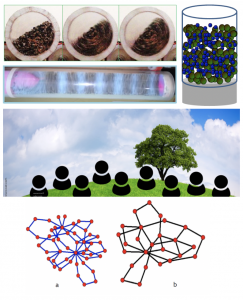
The Balista Group investigates and creates models of the flow and segregation of granular materials.
The Piñol Group explores the possibility of adopting models in physics in the study of population dynamics and ecological interactions.
The DARELab is a multidisciplinary research laboratory which focuses on utilizing applied physics, complexity science and machine learning techniques to investigate the dynamics of social, biological, health and environmental systems.

Chemical Physics and Materials Modeling Cluster
The research cluster’s mission is to perform world-class research on the properties of materials, working within the boundaries of solid state chemistry and condensed matter physics.
The research cluster’s mission is to perform world-class research on the properties of materials, working within the boundaries of solid state chemistry and condensed matter physics.
Subgroup
Materials Computations Group (MatCom). The Group’s main research thrust is to perform Quantum Mechanics-based first-principles calculations to reveal materials’ electronic properties, predict materials’ physical properties, support and supplement experimental findings, and provide insights on materials / systems that cannot be probed by experiments.
Topics include:
- First-principles calculations
- Energy conversion and storage
- Computational catalysis
- Low-dimensional materials
- Machine-learning for materials informatics

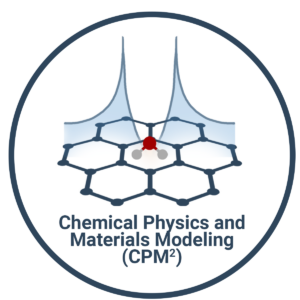
Research tools and areas:
- Electronic structure of materials and their properties
- Machine learning for materials informatics
- Materials discovery and electronic structure
- Surface properties and phenomena
- Energy conversion and storage
- Physics and chemistry of low dimensional materials
- Theoretical/experimental optical spectroscopy techniques
The following research tools and areas are explored:
- First-principles calculations: DFT, Quantum Chemistry, Ab-initio molecular dynamics, transition state theory
- Atomistic simulations: Classical MD, kMC
- Experimental techniques: Optical spectroscopy techniques, ARPES/XPS techniques for band structure and DOS measurements, neutron scattering experiments, NMR measurements, etc
- Theoretical works: New variants of exchange-correlation functionals, research on hybrid functionals (mixing of exchange and correlation terms), new models of pseudopotentials, beyond-DFT methods
Members:
Dr. Marvin A. Albao
Asst. Prof. Ellaine Rose A. Beronio
Asst. Prof. J0hn Symon C. Dizon
Dr. Allan Abraham B. Padama
Dr. Darwing B. Putungan
Dr. Alexandra B. Santos-Putungan
Condensed Matter and Statistical Physics
The Condensed Matter and Statistical Physics cluster is composed of eight faculty members and one research staff, and whose roster includes both theoretical and condensed matter physicists. Theoretical work in this field is focused on quantum transport in nanoscale devices, non-equilibrium thermodynamics, electronic structure calculations, novel 2D materials, surfaces and interfaces, while experimental work is primarily centered on characterization of low-dimensional systems using spectroscopic techniques such as FTIR and XPS, as well as STM. Some members have also forged collaborations with colleagues working on closely related fields such as atomic and molecular physics, photonics, and materials physics.
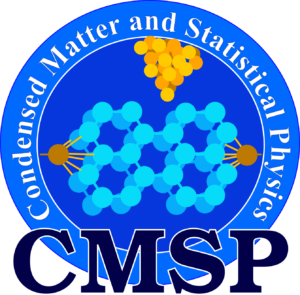
Materials Physics and Engineering
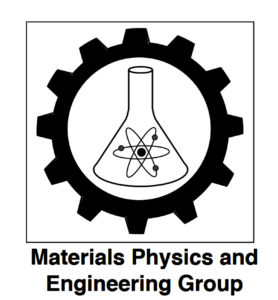
The Materials Physics and Engineering (MPE) cluster is a group of dynamic and resourceful researchers that utilizes experimental and / or computational techniques in designing and fabricating materials. From these fabricated materials, our cluster intends to collaborate with different stakeholders to develop products / technologies that can be beneficial to our society.
Subgroup
The Surface and Interface Research Group (SIRG) is group of researchers who are engaged in tailoring the surfaces and / or the interfaces of various materials to do specific functions.
In 2018, SIRG was recognized as the CAS Outstanding Research Team and the groups’ head, Dr. Marvin U. Herrera, the CAS Outstanding Researchers (Senior Faculty Category).
Optics and Instrumentation
Optics and Instrumentation physics research cluster has interests in the design and building of scientific instruments and devices for measurement and analysis. Also, the cluster is involved in robotics and automation for agricultural, environmental and various industrial applications. The researchers respond to answer fundamental science problems and global needs for sustainable future.
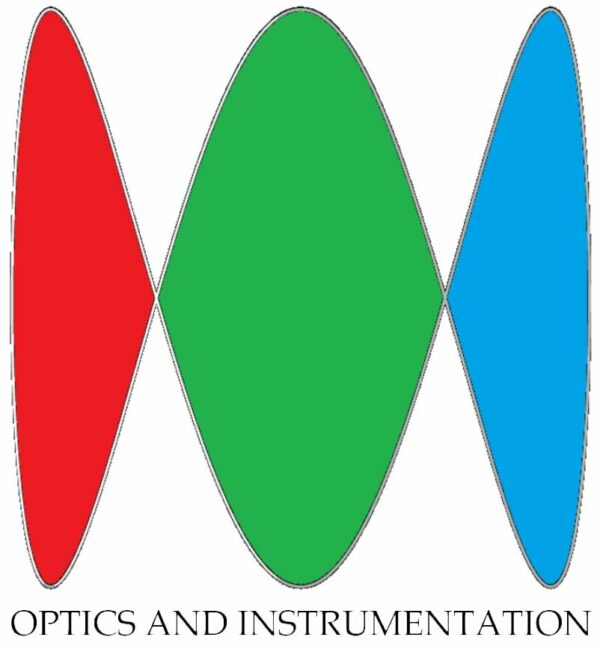
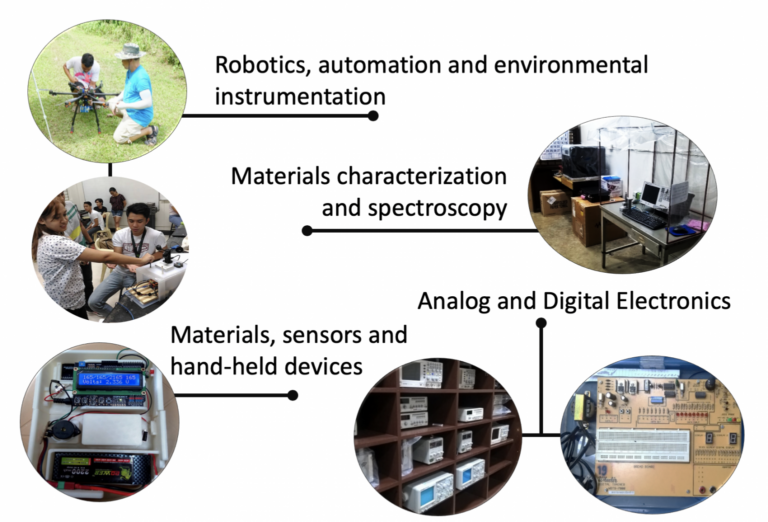
Subgroup

Applied Spectroscopy Research Laboratory (ASRL) – main interest of the group is the fundamental interactions of light and sound on matter and it’s potential measurement applications. Specifically, the group aims to:
- elucidate properties that have significance in the applications of materials
- study wide range of materials including polymers, composites, oxides and biological materials
- employ both experimental, computational techniques and machine learning for spectroscopy and imaging
Find us on Google Maps: UPLB Applied Spectroscopy Research Lab
Physics Education
The Physics Education Research Cluster aims to contribute to the understanding and improving of the critical processes in the learning and teaching of physics for high school and undergraduate level.
Our current activities involve development of pedagogies in the classroom and development of methods and instruments for delivering general physics courses.
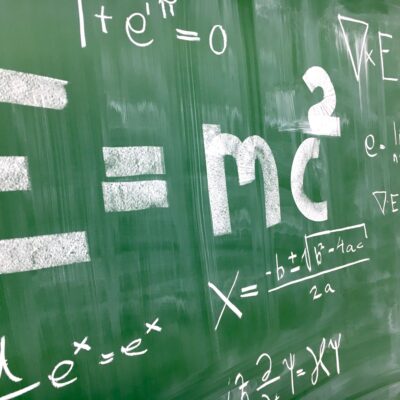
Quantum Information and Foundations of Quantum Mechanics

The time-dependent Schrodinger Equation is the fundamental equation of non-relativistic quantum mechanics. We study the time-dependent aspects of quantum physics in terms of wavepackets, correlation functions, semiclassical methods, and numerical methods. An analytical description of the system in terms of wavepackets provides a great aid to physical institution and can be used as a starting point for developing a wide variety of semiclassical approximations in many physical situations.
The field of quantum information arose in the 1980s from questions about the limits imposed by quantum physics on the processing of information such as the transfer and identification of quantum states, and construction and operation of computational devices.
